
Product test
Putting the Google Pixel 3a XL to the test: all of the software for less
by Jan Johannsen

The Pixel 4 is Google's new flagship smartphone and offers you the hardware and many advantages in terms of software for the high price of a flagship. But overall, there are too many weak points to be completely convincing.
With Google's Pixel smartphones, you are often one step ahead of other Android devices. This applies to software updates, but also to new functions that are gradually finding their way onto other smartphones. In the Pixel 4, it is a radar chip that Google uses for facial recognition and gesture control. The display has been given a refresh rate of 90 hertz. When it comes to the camera, however, the hardware is becoming less and less important, while the software plays an increasingly important role in photography.
The Pixel 4 is available in two sizes: With a 5.7 and 6.3 inch display. The larger version is called the Pixel 4 XL and is identical to the Pixel 4 apart from the size and battery capacity. I was able to hold both in my hand at the launch. Although I have become accustomed to displays with a diagonal of more than six inches in recent years, the smaller Pixel 4 definitely felt better in my hand.
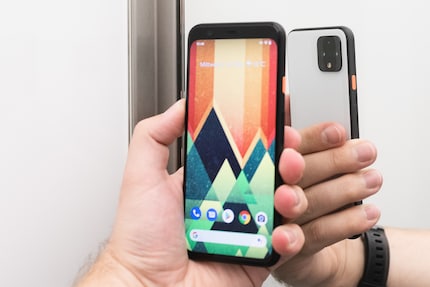
The glass back of the Pixel 4 is matt on the white version and very shiny on the black version and attracts fingerprints. The orange special edition is also matt, but reminds me more of a salmon than an orange. The Pixel 4 has a good grip thanks to the rubberised edge. The Pixel 4's casing has no problems with water and has been given an IPx8 protection rating. This means it is tested for submersion. Rain or a mishap should not affect the smartphone, but it is not intended for use under water.
When you look at the front of the Pixel 4, you notice the wide bezels around the display by today's standards - especially at the top edge. The Full HD+ resolution ensures a high level of detail and the OLED display shines in vibrant colours. Compared to other displays, such as that of the OnePlus 6T, it is darker and more yellow - even during the day and not just in the evening when night mode is switched on.
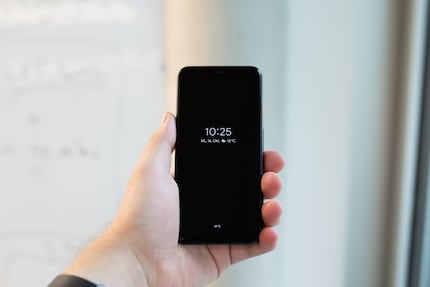
In theory, I understand the advantages of the Pixel 4's 90 Hz display touted by Google, which is supposed to make animations and movements look smoother. In practice, the 90 hertz doesn't leave a particular impression on me. This is partly due to the fact that not every app supports 90 hertz and then continues to flicker across the screen at 60 hertz. But even when 90 Hz is safely active, the difference remains irrelevant to my eyes.
Numerous surveys show that battery life is still the weak point of the smartphone for many users. Nevertheless, Google has not addressed this with the Pixel 4. Despite all the power-saving options and improvements to the hardware and software in this respect, the battery capacity of the Pixel 4 is small at 2800 mAh. Yes, you can get through a whole day with it. But only if you're not a power or continuous user. If you hold your smartphone in your hand a lot, you will have to charge it in between.
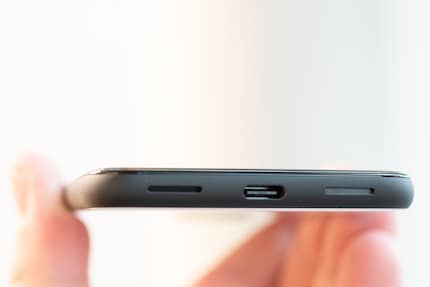
This is very quick thanks to the USB-C port and quick-charging function with the supplied power adapter. An almost empty Pixel 4 is almost fully charged in just under an hour. Nevertheless, I expect the Pixel 4 XL to last longer with its 3700 mAh battery despite its larger display.
Technologically, it is impressive that the Google developers have miniaturised a radar system to the size of a smartphone. They have christened it "Soli" and use it for two things in the Pixel 4: facial recognition and a gesture control system called "MotionSense".
Google naturally says that facial recognition with Soli is more secure than previous solutions on Android. So far, there have been no reports that researchers have managed to trick it. A comparison with Apple's FaceID from a security perspective is yet to be made. In practice, facial recognition has proven to be fast and reliable when unlocking the Pixel 4, but has already made negative headlines.
The Pixel 4's facial recognition does not check whether the person is awake and their eyes are open. In other words, if you are asleep, your children or other people in your home can unlock the smartphone. A software update should fix this flaw soon.
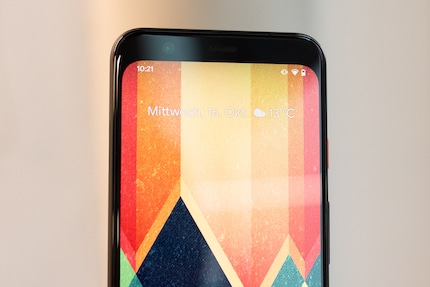
I can activate the Pixel 4's facial recognition in the classic way by pressing the power button. In most cases, however, it's enough for me to pick up the smartphone and hold it in front of my face. The software recognises the characteristic movement and starts the unlocking process. If gesture control is also activated, Soli uses its radar to keep a constant eye on the surroundings. Then all I have to do is move my head over the smartphone on the table to unlock it.
Google is not the first manufacturer to integrate gesture control such as "Motion Sense" into a smartphone. The LG G8 was already able to do this in spring 2019 and understood even more gestures than the Pixel 4. LG solved its gesture control technology using a so-called time-of-flight camera and not a radar like Google. However, the technology did not make the G8 a bestseller.
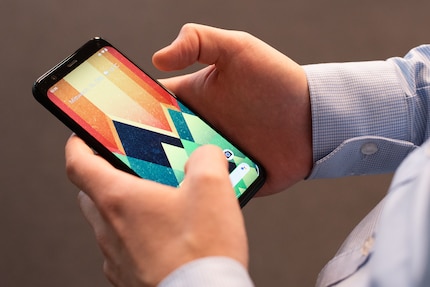
On the Pixel 4, the use of "MotionSense" is currently limited to switching to the next or previous song when listening to music. I don't rule out the possibility that more will be added in the future. If I think back to the LG G8, the gesture control on the Pixel 4 works much better and understands all hand gestures. However, I seem to move my hands in front of the radar too often and can hardly finish listening to a song when I'm holding the smartphone. A hand movement is constantly misinterpreted as a gesture and the next song starts. In the end, I switched off gesture control in the settings so that I could continue listening to music and not run the risk of skipping to the end in the middle of a long podcast episode of "Down Set Talk".
Acoustically, the Pixel 4 with its two speakers delivers a decent stereo sound for a smartphone.
As with the Pixel 3, you can activate the voice assistant by pressing the smartphone. Google calls this technology "Active Edge".
The Pixel 4 comes with Android 10 pre-installed as the operating system and Google promises "operating system and security updates for at least 3 years". For comparison: Smartphones that are part of the Android One programme receive operating system updates for two years and security updates for three years. However, later than the Pixel models.
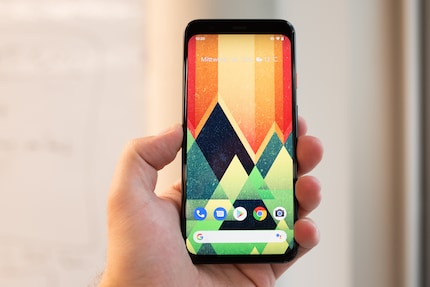
There are things I like about Android 10 on the Pixel 4. One of them is the option to mute notifications. They are then displayed, but the smartphone does not vibrate or make any noise. Unfortunately, this only works for entire apps and not individual chat groups, but can be changed at any time by swiping the notification downwards.
What I didn't like at all: The Pixel 4 suddenly rebooted four times in just under four weeks. In the middle of a phone call while I was on Instagram, in my trouser pocket while travelling and at night while I was sleeping. At least the alarm clock still rang in the morning and I've never seen a smartphone restart so quickly. But overall, the software doesn't leave a good impression.
The new gesture control in Android 10 is also a nuisance. To take a step back, you swipe inwards to the left or right of the edge. However, on the Pixel 4 without a case, the ball of my hand keeps hitting this area of the touchscreen and I cancel the back function even though I want to click on something with my thumb.
It's been a long time coming, but the Pixel 4 is now ready. Google is equipping a smartphone with a dual camera for the first time - although the software of the Pixel 3 ensured that you didn't really have any disadvantages with the single lens. But now the Pixel 4 also offers you two lenses: The standard lens with a 52-degree shooting angle, 12.2 megapixel resolution at 1.4 μm pixel size and an f/1.7 aperture, while the telephoto lens has a 77-degree shooting angle, 16 megapixels at 1 μm smaller pixels and an f/2.4 aperture.
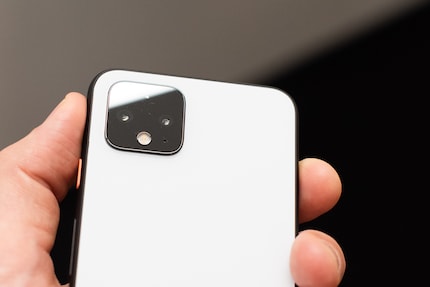
Google has dispensed with a wide-angle lens and, according to its own statements, is of the opinion that this is not as important as the zoom. However, unlike other smartphones with a dual camera, you cannot switch to the telephoto lens, but can only go up to a maximum magnification of ten times on the zoom scale, but do not notice when the lens is changed.
In the past, digital zoom was rightly considered useless. But it's not just me who has to change my mind when I see the magnification of the Pixel 4. Yes, the tenfold magnification is no longer quite crisp - but it's worlds better than what digital zooms used to deliver. The software does a great job here. It is important to use the zoom directly and not try to enlarge a section of the photo later. That doesn't look nearly as good.
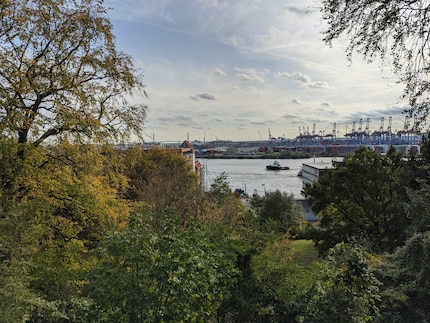

Google refers to the Pixel 4's camera as "computational photography". This is a fitting term, as the software has a major influence on the final image, alongside the optics and the sensor. Incidentally, you can see how this turns out directly on the smartphone display for the first time. Google calls this technology "Live HDR" and, unlike in the past, you no longer have to guess what effects the HDR effect will have.
The always-on HDR effect is clearly noticeable in the sky and trees in the picture of Hamburg harbour above. Even direct backlighting is not an impossible task for the Pixel 4. If the sky is grey in grey, the camera cannot add any colour. In terms of colour, however, the permanent HDR effect is always a balancing act between natural-looking colours and gaudy effects.
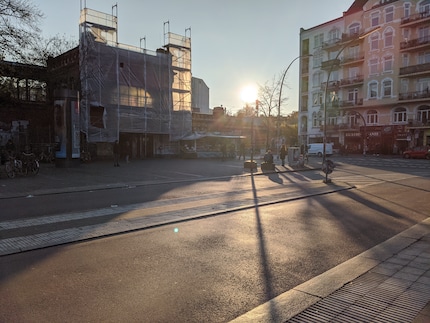
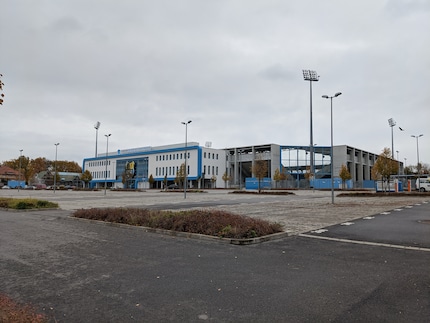
In the dark, the software makes itself even more noticeable in the shot - and impressively so. The conventional recording is already impressive, but the night mode takes it to the next level. The longer exposure time of several seconds - the software compensates for slight movements of the hand - not only ensures better illumination, but also a higher level of detail.
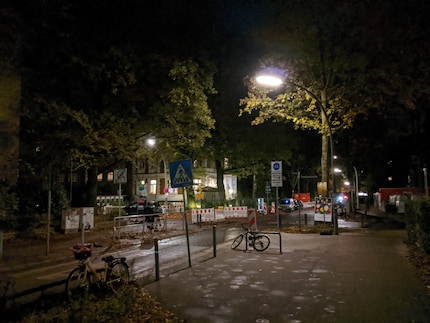
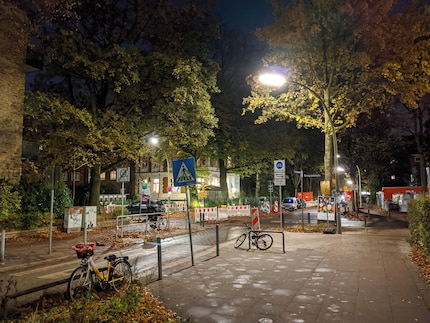
The front camera delivers selfies with a resolution of eight megapixels. The HDR effect is also permanently active here. In the example photo, it brings out the clouds in the sky, but makes my face too dark.

The selfies look less impressive in the dark. If it weren't for the night mode, which is also available for the front camera. Although the level of detail is not as good as with the main camera, the brightness that night mode "conjures up" on the selfie is impressive.


The Pixel 4 camera does not offer a manual mode. However, you don't necessarily have to install a second camera app, but can also have the smartphone save unedited RAW images in addition to the edited JPEG images.
With all praise for the camera and the software, not everything is perfect. For example, the Pixel 4 only manages 30 frames per second for 4K videos and not 60 fps as is usual in this price range. And when I compare the image quality with the much cheaper Pixel 3a, the difference is too small or non-existent for me to pay twice the price.
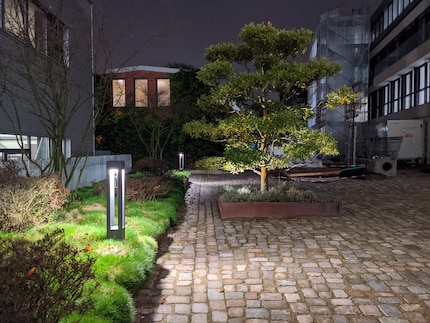
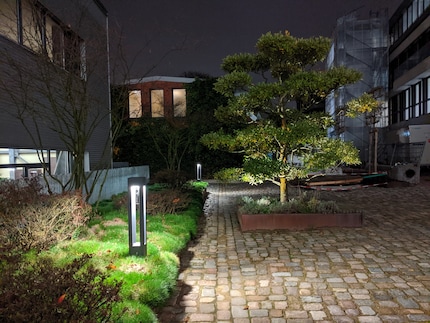
With the Snapdragon 855 and six gigabytes of RAM on board, the Pixel 4 is not only well equipped for everyday tasks but also for computing-intensive tasks - even if there are even more powerful smartphones. The internal memory is either 64 or 128 gigabytes and cannot be expanded. So you have to choose wisely when buying. I tend to favour 128 gigabytes, even if the 64 gigabytes are not necessarily too small given the cloud storage offered by Google. However, Google has now cancelled the free upload for full-quality images.
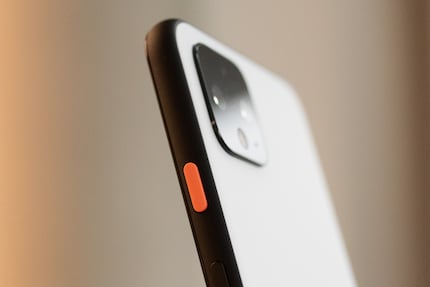
The Pixel 4 features an NFC chip, for example for Google Pay, and Bluetooth 5.0 including AptX HD and LDAC. You can only connect headphones via USB-C cable. The 3.5 mm jack is no longer available and Google does not include an adapter or headphones in the box. You can use two SIM cards with the Pixel 4, but only insert one physically. The second is only available as an eSIM on the smartphone.
The Pixel 4 is a good smartphone and offers the typical Pixel advantages in terms of software with fast updates. However, despite impressive photos at night and stereo sound, there are many things that prevent me from being as enthusiastic as I was about the cheaper Pixel 3a. These include the insufficient battery, but also innovations such as the "MotionSense" gesture control or the 90-Hertz display, which do not convince me.
When I was but a young student, I'd sit in my friend's living room with all my classmates and play on his SuperNES. Since then I've had the opportunity to test out all the newest technology for you. I've done reviews at Curved, Computer Bild and Netzwelt, and have now arrived at Galaxus.de.